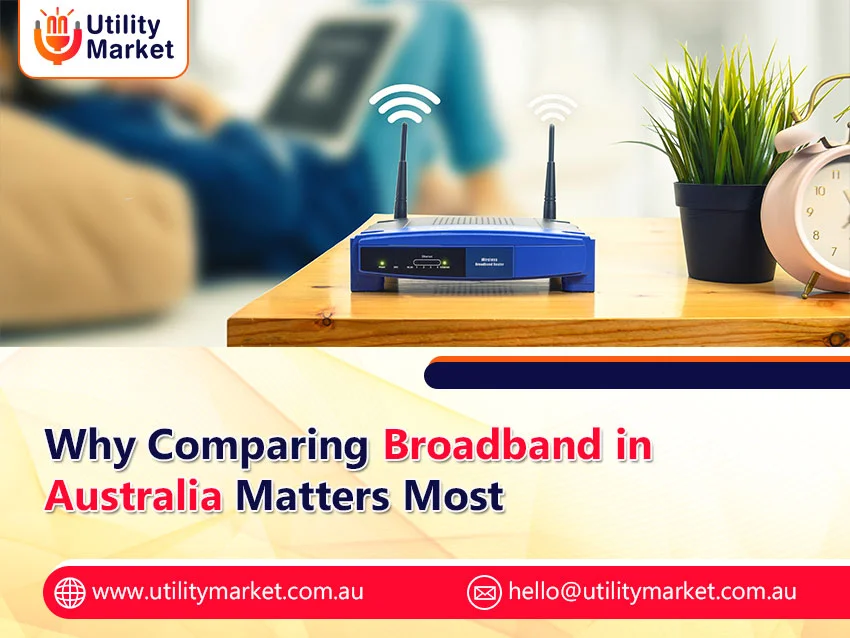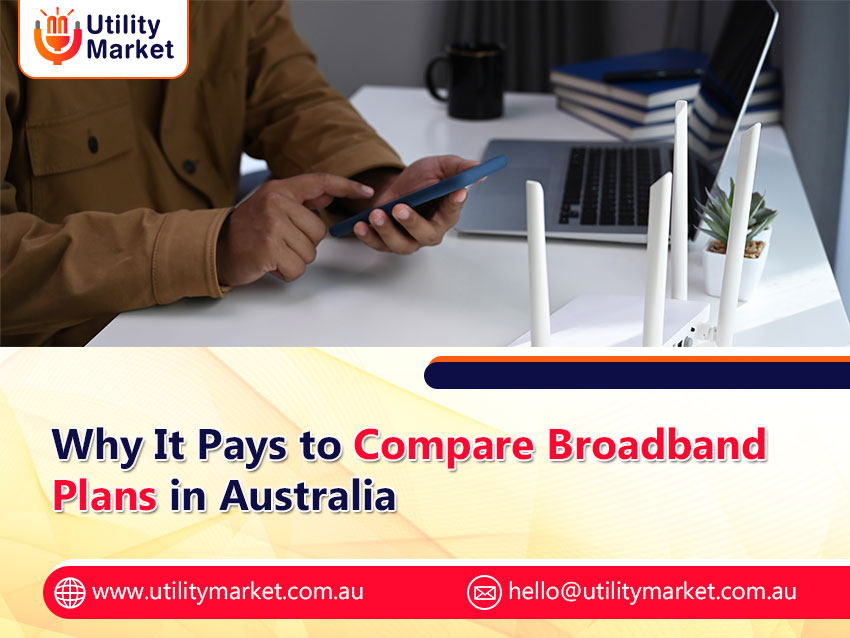
What Every Aussie Should Know About Broadband Plans
Making out from the multiple broadband plans in Australia can be a challenging task. There are tiers of speeds, contract lengths, setup fees, and technical lingo to get around. Although gaudy ads tout speedy speeds and “unlimited data,” the truth behind such offers usually comes with sneaky fees and slowdowns during peak times.
This guide explains what you should be looking for when you compare plans. You may be upgrading your home broadband, moving home, or just sick of your existing provider, but these basics will ensure you make an informed decision.
Know Speed Tiers vs. Real-World Performance
Most plans promote download speeds such as 25 Mbps, 50 Mbps, or 100 Mbps. They’re “maximum” speeds in perfect conditions. But the speed that you actually receive can be much less, particularly in the evening when numerous Australians are online.
The NBN labels broadband plans as tiers, i.e., NBN 25, 50, 100, and 250. However, actual performance in real life relies upon the network capacity of the provider, congestion, and your setup at home. Always check for the average evening speed—it’s the most likely speed you’ll get between 7–11 PM.
Also, pay attention to upload speeds. If you work from home, stream, or share big files, upload speed is more important than you realize.
Keeping Track Of The Hidden Costs
A low monthly fee is not all about cheaper plan. There are some broadband plans which include hidden fees like:
- Installation or activation fees
- Modem rental or purchase costs
- Excessive data charges
- Early termination if cancelled early.
Prior to signing up, try adding up the total cost over 1 year or 2 years months, including any upfront costs.
Choosing The Right Contract Type
Broadband plans come in two main types: no lock-in & fixed term contracts.
- No-lock-in plans provide flexibility and often permit you to cancel at any time. They’re ideal for renters, students, or trial users of a new provider. Still, the monthly cost might be slightly more.
- Fixed-term contracts, like 12- or 24-month agreements, usually have discounted prices or a free setup. But cancelling early typically involves paying an exit fee or paying for the remaining period of the contract.
Conclusion
Knowing broadband plans isn’t necessarily a matter of selecting the lowest-cost or highest-speed plan. It’s understanding what you truly need, not paying over the odds for hidden extras, and watching out for contract traps.
To confidently make a decision, compare actual speeds in the real world, overall plan prices, contract lengths, and customer service quality. Armed with the right information, every Aussie can select a broadband plan that’s good, cheap, and just right for their way of life.




